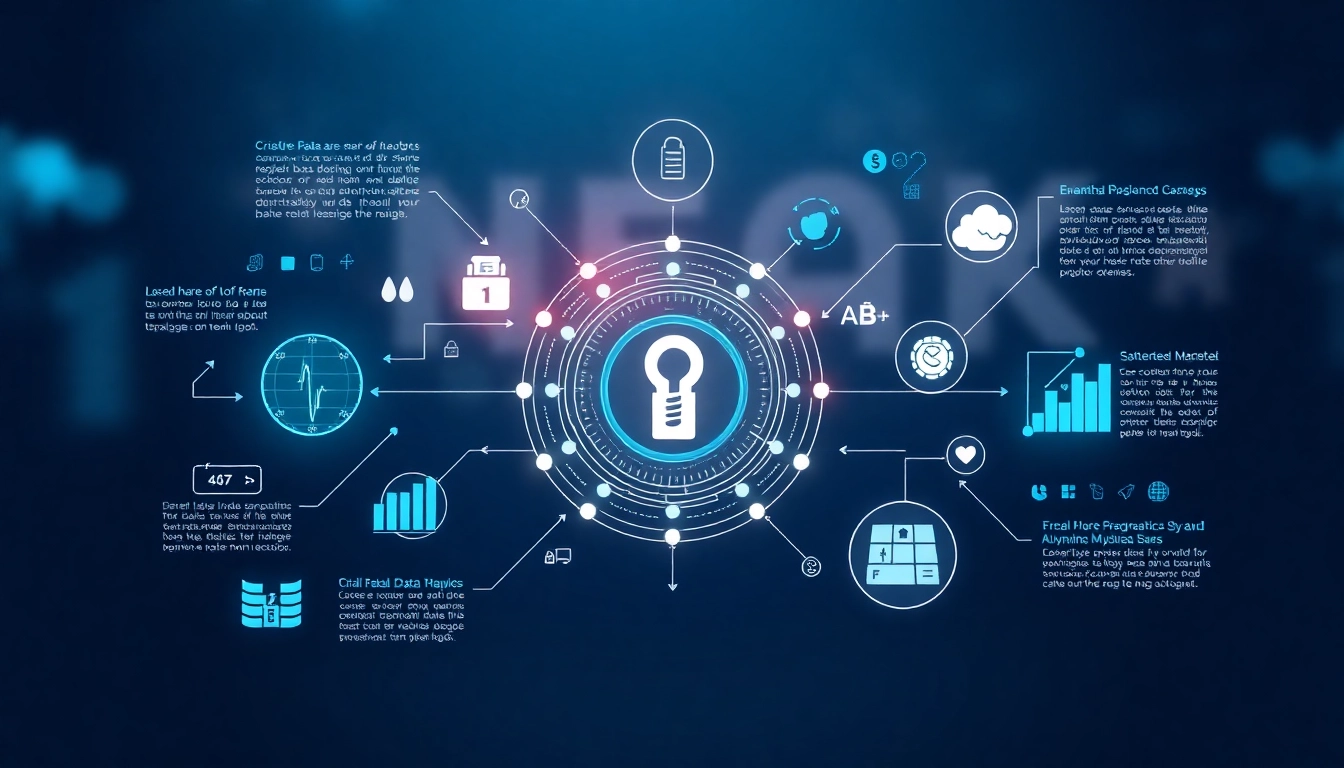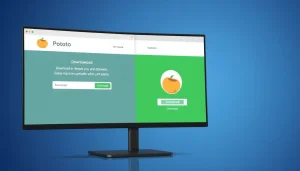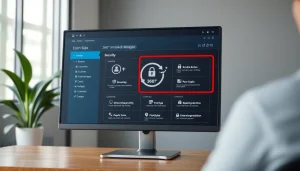Understanding the Role of Informatics in Transforming Healthcare Delivery at www.informaticsview.com
Introduction to Informatics and Its Importance
In the digital age, the integration of technology into healthcare has fundamentally transformed how services are delivered, recorded, and managed. Informatics, the interdisciplinary study of the design, application, and impact of information technology in healthcare, plays a crucial role in this transformation. By leveraging data effectively, healthcare providers can improve patient outcomes, enhance operational efficiencies, and empower individuals to make informed health decisions. For more in-depth resources on this evolving field, you can visit www.informaticsview.com.
What is Informatics?
Informatics involves the systematic study of data, information, and knowledge, especially concerning their use in healthcare. It not only relates to the technical aspects of information technology but also emphasizes human interaction with technology. This multidisciplinary field includes aspects of computer science, cognitive psychology, social science, and design principles. At its core, informatics seeks to innovate how we collect, store, and use information to optimize health and healthcare delivery.
Key Components of Healthcare Informatics
Healthcare informatics encompasses several key components:
- Data Management: Involves collecting, storing, and maintaining patient data securely.
- Clinical Decision Support Systems (CDSS): Tools that provide healthcare professionals with clinical information, such as reminders and alerts, to inform their decisions.
- Patient Engagement Tools: Technologies that enable patients to access their health information and engage more actively in their own care.
- Interoperability: The ability of different health information systems to communicate and exchange data effectively.
- Telemedicine: The use of telecommunications technology to deliver healthcare services remotely.
Current Trends in Informatics
The field of informatics is continuously evolving, driven by advancements in technology and changes in healthcare delivery. Some of the most notable trends include:
- Artificial Intelligence (AI): AI is increasingly being utilized to analyze complex healthcare data, predict patient outcomes, and personalize treatment plans.
- Wearable Health Devices: These devices collect real-time health data, allowing for continuous monitoring of patient health and enhancing self-management.
- Blockchain Technology: Used to secure patient data and ensure privacy while enabling easy access across healthcare systems.
- Patient-Centric Care: A shift towards putting the patient at the center of healthcare decisions, leveraging informatics for personalized care strategies.
Applications of Informatics in Healthcare
Electronic Health Records (EHRs)
Electronic Health Records (EHRs) have revolutionized how patient information is documented and shared. They provide a comprehensive view of a patient’s health history, enabling providers to make better-informed decisions quickly. EHRs improve communication among healthcare team members and reduce the likelihood of errors associated with manual record-keeping. Furthermore, they enhance accessibility for patients, allowing them to access their records and engage more actively in their healthcare journey.
Clinical Decision Support Systems (CDSS)
Clinical Decision Support Systems are vital tools that assist healthcare providers in making informed clinical decisions. By analyzing data from EHRs and other sources, CDSS provides alerts, recommendations, and data analytics to guide clinicians in diagnosing and treating patients. The implementation of CDSS has been shown to improve patient outcomes, reduce readmission rates, and decrease healthcare costs.
Telemedicine and Remote Patient Monitoring
Telemedicine facilitates remote consultations between patients and healthcare providers, breaking down geographical barriers to access. Remote patient monitoring technologies enable continuous tracking of patient health data from the comfort of their homes. This has become particularly essential during the COVID-19 pandemic, as it allows for safe interactions while ensuring that patients receive necessary care and monitoring.
Challenges in Implementing Informatics Solutions
Data Privacy and Security Concerns
While informatics offers numerous benefits, it also presents significant challenges, particularly in data privacy and security. The sensitive nature of health information necessitates robust security measures to protect against breaches and unauthorized access. Organizations must comply with regulations like the Health Insurance Portability and Accountability Act (HIPAA), which imposes strict requirements on how health data is handled, stored, and shared.
Interoperability Issues
Interoperability remains a significant hurdle in the effective implementation of informatics solutions. Many healthcare organizations operate with disparate systems that do not communicate effectively, leading to inefficient workflows and fragmented patient data. Achieving seamless data exchange across diverse health information systems is critical for improving care coordination and outcomes.
User Training and Adaptation
The successful implementation of informatics solutions requires comprehensive training for healthcare professionals. Resistance to change, lack of familiarity with technology, and insufficient training lead to underutilization of valuable informatics tools. Organizations must invest in ongoing training programs to ensure users feel comfortable with new systems and processes.
Best Practices for Successful Informatics Integration
Building a Multidisciplinary Team
Successful informatics integration hinges on collaboration between health professionals, IT specialists, data analysts, and administrators. Creating a multidisciplinary team fosters diverse perspectives and expertise, leading to more comprehensive solutions. Each team member’s input is invaluable in understanding the specific needs and challenges of various user groups.
Engaging Stakeholders and Users
Engaging stakeholders, including healthcare providers, patients, and administrative staff, is crucial for ensuring that informatics solutions meet actual needs. Conducting surveys, focus groups, and usability testing during the development process can yield insights that inform design and functionality adjustments, resulting in solutions that are user-friendly and conducive to workflow efficiency.
Evaluating and Measuring Impact
To ascertain the effectiveness of informatics initiatives, organizations must implement metrics to evaluate performance and impact. Defining success indicators, such as patient satisfaction, reduced wait times, or increased efficiency, enables measurement of the initiative’s outcomes. Regular assessments grant room for adjustments and improvements in response to evolving needs.
The Future of Informatics in Healthcare
Emerging Technologies and Innovations
As technology continues to advance, the future of informatics in healthcare holds immense promise. Emerging technologies such as AI, machine learning, and natural language processing are poised to offer deeper insights into patient data and enhance clinical decision-making. Innovations in telehealth platforms will continue to expand access to care and facilitate real-time patient engagement and monitoring.
Predicted Trends and Developments
Future trends will likely focus on further integration of data silos through enhanced interoperability and the adoption of standardized frameworks. The emphasis on patient-centric care will grow, driven by a focus on personalized medicine, predictive analytics, and evidence-based treatment plans tailored to individual patient needs. Moreover, blockchain technology may reshape how health data is recorded, secured, and shared.
Preparing for a Data-Driven Future
As healthcare transitions into a more data-driven ecosystem, organizations must prioritize investments in informatics. This includes adopting technologies that promote interoperability, ensuring robust data security, and engaging in the continuous education of healthcare personnel. By embracing a culture of innovation and adaptation, healthcare organizations can enhance patient care and operational effectiveness.














Post Comment